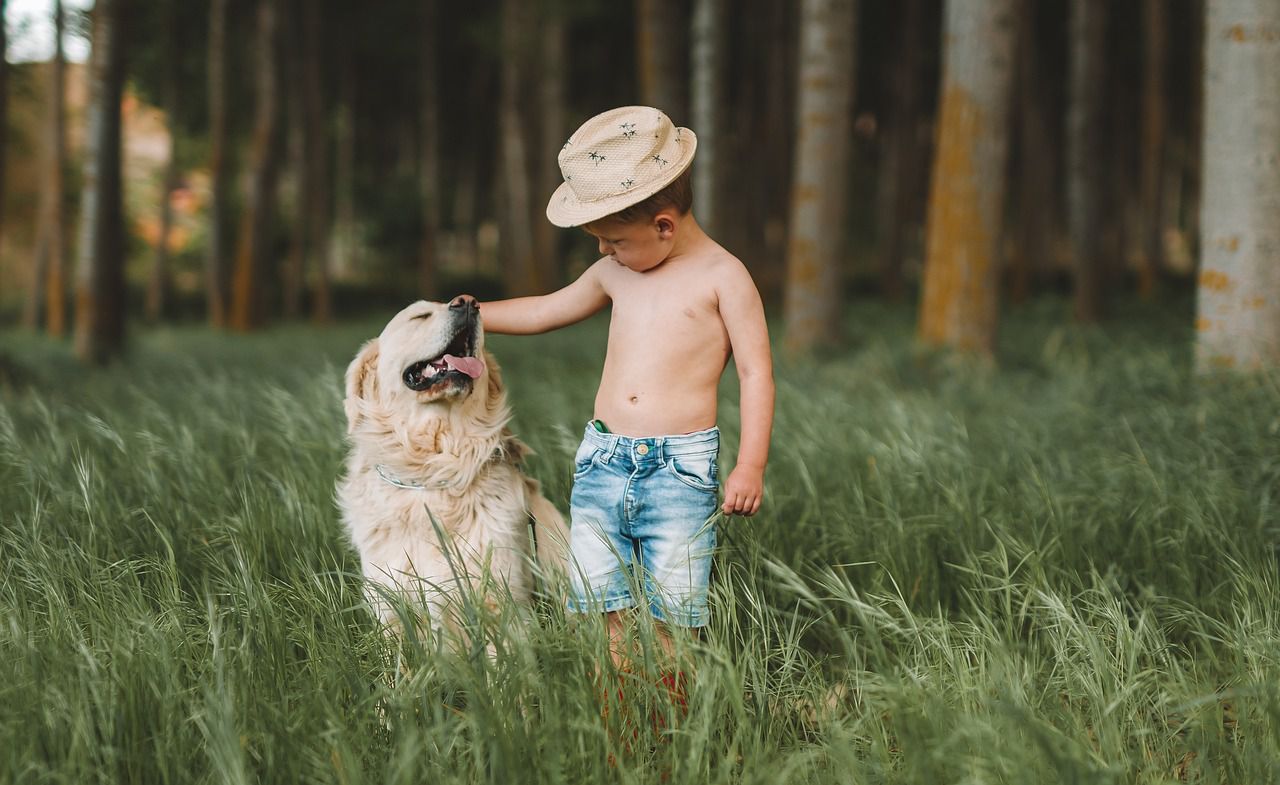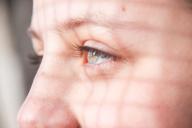Communication through facial expressions is a cornerstone of nonverbal interaction spanning different species.
A captivating study led by Heini Törnqvist and a team from the University of Jyväskylä, Finland, delves into the intriguing world of recognizing dogs' emotions through their expressive faces.
Let's find out more.
The Young Minds' Journey
Historical insights hinted at the challenge young children, aged 3 to 5, face when deciphering dogs' emotions compared to their older counterparts.
This unique perspective drew researchers to undertake a captivating exploration.

The Unveiling
Participants embarked on an enlightening visual journey, encountering a series of images depicting diverse emotional expressions on both human and canine faces.
The task at hand was to assess each expression's range of emotions including happiness, anger, positivity, negativity, and emotional intensity.
The revelation was clear: adults and 6-year-olds showcased a heightened ability to accurately identify expressions of aggression in dogs when compared to their 4-year-old peers.
The intriguing part lay in the variation between these age groups.
Unraveling Perception
Upon closer examination, it was found that children perceived aggressive dog expressions as not only more positive, but also possessing a lower level of emotional intensity.
This unique divergence in perception adds a new layer of intrigue to the study's findings.
A Path Forward
While this study provides captivating insights, the journey of understanding the intricate dynamics between children and dogs is far from over.
Future research holds the promise of unraveling even more layers of this complex relationship, potentially shaping the way we interact and bond with our canine companions.









